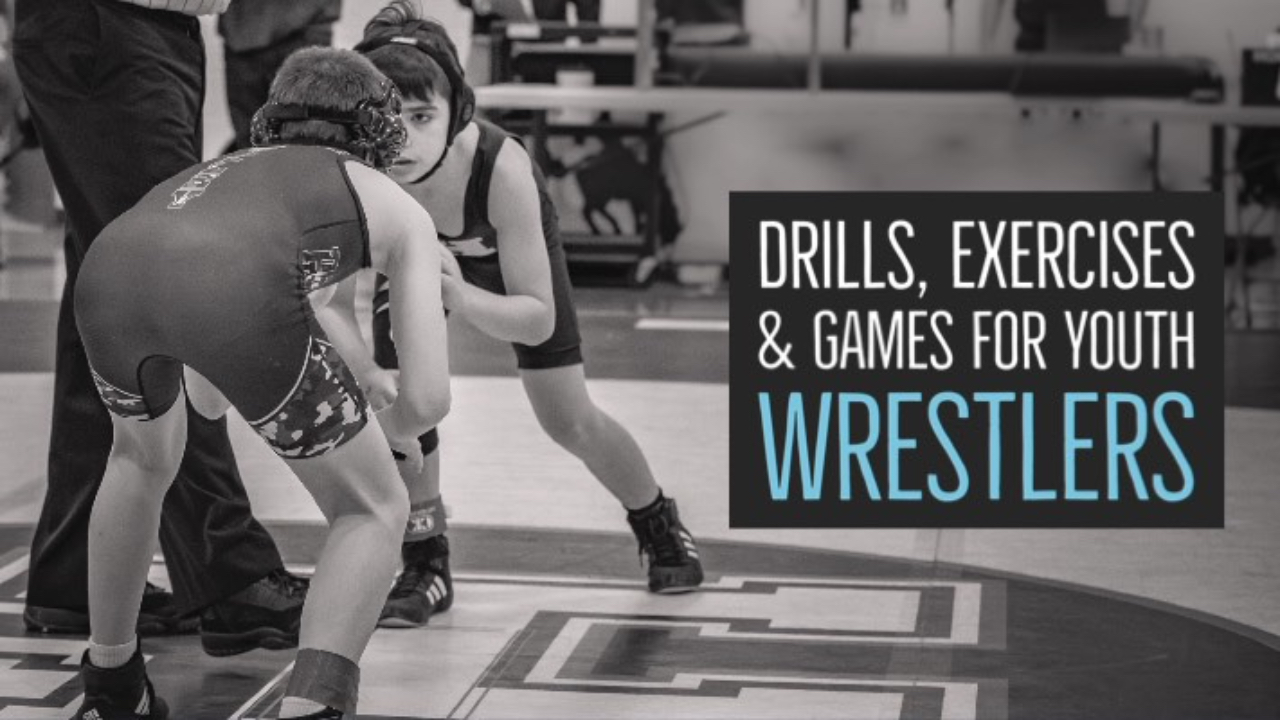
25 Dynamic Bodyweight Drills, Exercises, and Games for Youth Wrestlers
Imagine a young wrestler, full of potential but lacking the spark to truly shine on the mat. Just like a sculptor chiseling away at marble to reveal a masterpiece, the right training can carve out a champion from raw talent. This article unveils 25 exhilarating bodyweight drills, exercises, and games designed to enhance agility, strength, endurance, and, most importantly, reignite the passion in young wrestlers.
Why Focus on Bodyweight Training for Youth Wrestlers?
Bodyweight training offers a safe and effective way for young athletes to build foundational strength, agility, and endurance without the need for specialized equipment. According to the Mayo Clinic, strength training can help young athletes improve performance and reduce injury risk when done appropriately. Source
1. Agility Ladder Drills: Dance Your Way to Quickness
Ever watched a dancer's feet move with lightning speed and precision? Agility ladder drills can instill similar footwork in wrestlers, enhancing their ability to maneuver swiftly around opponents.
"Agility ladder drills are excellent for developing coordination and foot speed in young athletes." — Damian Slater, Professional Wrestler
Studies show that incorporating agility drills can improve overall athletic performance by up to 10%. Source
2. Bodyweight Squats: Building the Foundation of Strength
Strength begins from the ground up. Bodyweight squats develop the quadriceps, hamstrings, and glutes, essential muscles for explosive movements in wrestling.
"Mastering bodyweight movements lays the groundwork for advanced strength training." — USA Wrestling Guidelines
Research indicates that bodyweight exercises can lead to significant strength gains in adolescents without the need for external weights. Source
3. Plank Variations: Core Stability for Mat Dominance
A strong core is the powerhouse for a wrestler's performance. Plank exercises enhance core stability, leading to better balance and control during matches.
"Core strength is vital for athletes to maintain control and generate power." — American Academy of Pediatrics
Enhanced core stability has been linked to a 15% reduction in sports-related injuries. Source
4. Jump Rope: Elevate Endurance and Coordination
Skipping rope isn't just child's play; it's a staple in a wrestler's conditioning arsenal, boosting cardiovascular endurance and foot coordination.
"Jump rope exercises are effective for improving foot speed and cardiovascular fitness." — Fanatic Wrestling
Regular jump rope training can increase cardiovascular efficiency by 12% over eight weeks. Source
5. Partner Games: Turning Teamwork Into Training
Wrestling is an individual sport, but training doesn't have to be. Partner exercises build camaraderie while developing strength and coordination.
"Partner work in training teaches communication, timing, and physical awareness—all vital on the mat." — Coach Jaime McCartney, Youth Wrestling Coach
Studies highlight that cooperative training games can increase athlete motivation by over 20% in youth programs. Source
Building Blocks of a Balanced Youth Wrestling Routine

FAQ: What Parents and Coaches Ask Most
1. At what age can youth wrestlers begin strength training?
According to the American Academy of Pediatrics, children as young as 7-8 can begin strength training with bodyweight exercises under supervision. Source
2. How often should these bodyweight workouts be done?
2–3 times per week is ideal for most youth wrestlers. Sessions should be short, engaging, and focused on form rather than fatigue.
3. What’s more important: drills or games?
Both matter! Drills build foundational strength and skill, while games boost enjoyment and reinforce learning through movement.
Action Steps: Bringing the Routine to Life
- Assess Your Wrestlers: Understand each child’s current ability and comfort level with bodyweight movements.
- Create Weekly Themes: Alternate days for agility, strength, endurance, and game-focused sessions.
- Warm Up + Cool Down: Begin with dynamic warm-ups and finish with stretching or light games.
- Track Progress: Use visual charts or journals to mark reps, consistency, and energy levels.
- Keep It Fun: Introduce challenges or rewards for effort to keep enthusiasm high.
Conclusion: Building Champions, One Bodyweight Rep at a Time
The path to wrestling greatness doesn't start with heavy weights or fancy gyms—it begins with passion, play, and purposeful movement. These 25 dynamic drills and games offer a complete, engaging foundation that builds strong, agile, and mentally resilient athletes from the ground up.
Whether you're a coach looking to revamp practice or a parent supporting your young athlete, remember this: when training feels like play, performance becomes a passion. And with passion comes champions.
💬 Share your favorite youth training drill in the comments below or tag us on social with your wrestling team in action!




